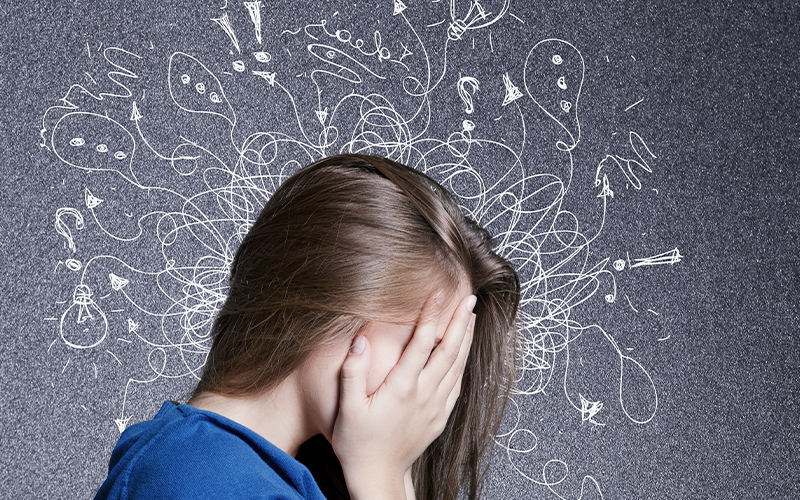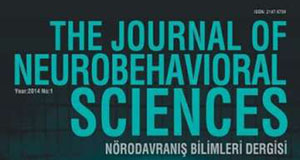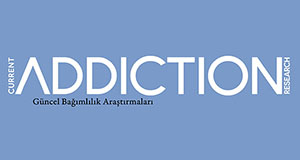
Social anxiety disorder (SAD) is one of the most common psychiatric disorders and frequently co-exists with other psychiatric conditions, primarily with mood disorders. MD is the most common psychiatric comorbidity in patients with SAD, and the association of anxiety disorders and bipolar disorder with atypical depression, which is included in diagnostic guidelines for MD as a subgroup, has been well established. The present study aims to determine if SAD patients with comorbid atypical depression or bipolar disorder show differences in terms of symptomatology and disease course compared to SAD patients without bipolar disorder. We hypothesize that social phobia patients may have subgroups within themselves and the processes of these subgroups may be different from those of known SAD patients. In this study a retrospective chart review was performed for patients who had applied to the Psychiatry Outpatient Unit, Kartal Research and Training Hospital, during a 7-month period in 2018. The study had a retrospective design. A total of 82 patients diagnosed with Social Anxiety Disorder based on a SCID-I interview for DSM-IV were included in the study. Of the 82 SAD patients, 16 patients (19.5%) had also co-existing BPD. All SAD patients with comorbid BPD had at least one major depressive episode history, while 15 (93.7%) SAD patients with comorbid BPD exhibited atypical features in at least one episode. Thus, we identified an association between SAD/BPD and atypical depression and discussed the importance of this co-occurrence in terms of clinical evaluation.
Social anxiety disorder (SAD), also known as social phobia, is characterized by a number of symptoms such as blushing, sweating, shaky hands, and fear of being humiliated in social or performance situations. SAD is one of the most prevalent psychiatric conditions with an estimated 12-month prevalence of 3% to 7% among adults in the US and a life-time prevalence of 5% to 12% (Grant et al., 2005; Kessler et al., 2005). The reported prevalence rates in developed countries are generally comparable, while the disorder appears to be less common in developing countries (Stein et al., 2010). According to the Turkish Mental Health Profile survey, the estimated prevalence of social phobia in Turkish women and men is 2.3% and 1.1%, respectively (Kılıç, 1988). The risk factors for SAD include female gender, family history of SAD, and behavioral restrictions or shyness during early childhood. Patients with SAD may also suffer from a variety of psychiatric disorders, mainly phobic disorders and other anxiety disorders, but also from affective disorders, alcohol use disorder, eating disorder, and schizophrenia. Approximately 19.5% to 32% of patients with SAD suffer from major depressive disorder (Huppert, 2009; Ohayon & Schatzberg, 2010), while 3% to 21.2% have been reported to have bipolar disorder as a comorbid condition (Koyuncu et al., 2014; Perugi et al., n.d.; Van Ameringen, Mancini, Styan, & Donison, 1991). Comorbid mood disorders are associated with the presence of more severe manifestations of social anxiety disorder and dysfunction in patients with SAD (Aderka et al., 2012). In one study patients with comorbid mood disorders in SAD were found to present with more severe social anxiety symptoms compared to those without comorbid conditions (Fracalanza, McCabe, Taylor, & Antony, 2014). MD is the most common psychiatric comorbidity in patients with SAD, and the association of anxiety disorders and bipolar disorder with atypical depression, which is included in diagnostic guidelines for MD as a subgroup, has been well established. In comparison to other types of major depression, atypical depression occurs more commonly in women, and is associated with early disease onset, prolonged disease duration, frequent depressive episodes, high suicide risk, and severe symptoms (Blanco et al., 2012; Posternak & Zimmerman, 2002; Thase, Carpenter, Kupfer, & Frank, 1991). It has been suggested that patients with unipolar depression who have atypical features should be closely monitored for development of bipolar disorder during the course of the disease, and atypical depression may even represent a transitory form between unipolar depression and bipolar disorder. Although some studies suggest a more frequent co-occurrence of atypical depression and SAD, this might be due to the fact that one of the diagnostic criteria for atypical depression (i.e. interpersonal rejection sensitivity) is also an underlying factor in the psychopathology of SAD (Parker, 2007). On the other hand, presence of atypical depression in SAD was associated with more severe symptoms and earlier onset of disease. It has been suggested that co-existence of atypical depression in a patient with SAD should alert the clinician for possible worsening in functions and development of bipolar disorder during the course of the disease (Koyuncu et al., 2015). The hypothesis of our study is that SAD patients with comorbid atypical depression or bipolar disorder may show differences in terms of symptomatology and disease course compared to SAD patients without bipolar disorder. We believe that social phobia patients may have subgroups within themselves and the processes of these subgroups may be different from those of known SAD patients.




